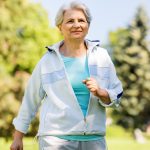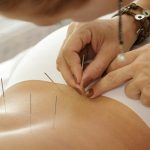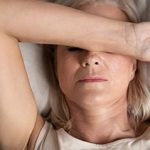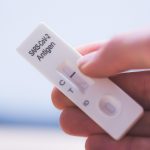
Doctors are bailing on the profession for a reason that may surprise their patients. It’s not frustration with government rules or cumbersome insurance requirements, but problems securing suitable childcare for long and ever-changing working hours, a new survey published Feb. 15 in the BMJ finds. Erin Dean, who wrote a summary of the survey results, noted that some doctors have quit or are considering doing so. Others have changed specialties in the hope that they will have more flexibility. And even more have altered their plans to have children. The online survey, conducted in the U.K. and completed in November, included 533 respondents who identified themselves as doctors and medical students; 14 nurses; and 49 others. Of these, 548 were women. (The survey could be completed by anyone who clicked the link.) Other studies have indicated that parenthood appears to have a bigger impact on the careers of female doctors, Dean noted. More than 9 in 10 respondents said they had struggled to find suitable childcare for their work schedule. The No. 1 problem: Finding care that covers the full length of their workday. Many respondents commented on the stress and guilt of trying to be on time for work in the morning and then to pick up their children at day’s end. Cost was the No. 2 problem, cited by 75% of respondents, followed… read on > read on >


















